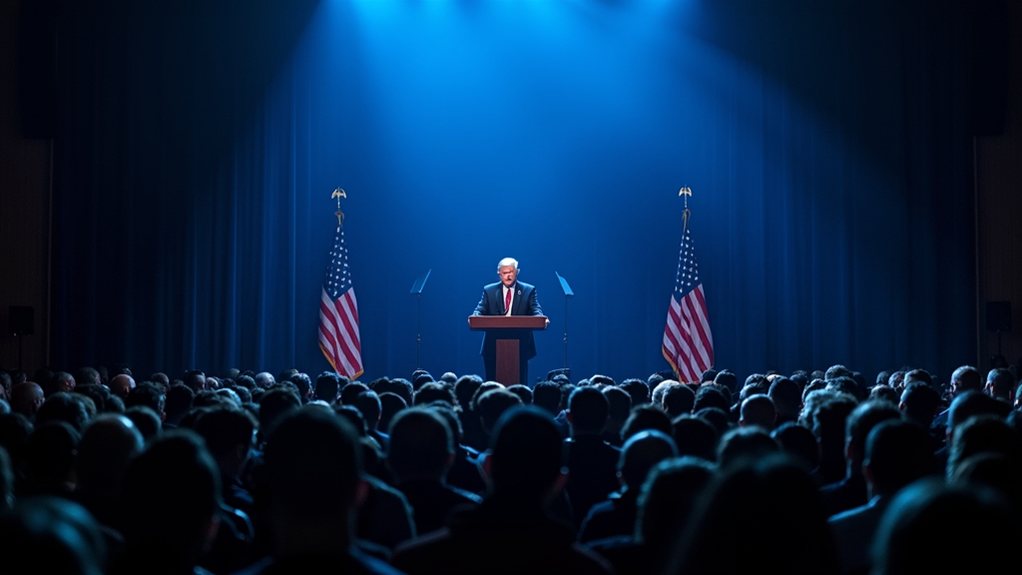In recent months, Mexico has taken bold steps to find new trade partners amid rising tensions with the United States. The country is seeking stronger ties with the European Union, China, and Japan. Mexico is also exploring new markets in South America and Asia. This shift comes as the U.S. imposed 25% tariffs on Mexican exports, affecting an estimated $370 billion in trade and potentially reducing Mexico's GDP by 2.5-3%.
The Mexican government, led by President Sheinbaum, is responding to these challenges with various strategies. It is negotiating updated trade agreements with existing partners and promoting Mexican exports in non-U.S. markets. The government encourages domestic companies to reduce their dependence on the U.S. market. This includes implementing support programs for affected industries and accelerating infrastructure projects to stimulate the economy. Additionally, the government is focusing on strategic sectors to enhance trade integration with Asian countries. The modernized agreement with the EU, which emphasizes sustainable development and social responsibility, is a key part of this strategy.
The Mexican government is proactively negotiating trade agreements and supporting industries to reduce reliance on the U.S. market.
In addition, Mexico is engaging in diplomatic efforts. It is holding bilateral talks with the U.S. administration and seeking support from international allies. The country is also leveraging provisions from the United States-Mexico-Canada Agreement (USMCA) to challenge the tariffs. By proposing alternative solutions to address U.S. concerns, Mexico aims to mitigate the impact of these tariffs.
The private sector in Mexico is also taking action. Companies are exploring alternative export markets and investing in technology to improve competitiveness. Many are diversifying their supply chains to lessen their reliance on the U.S. Moreover, Mexican businesses are considering e-commerce platforms to reach customers worldwide and forming coalitions to lobby against the tariffs.
Looking to the future, Mexico is developing a national economic resilience plan. It aims to invest in key industries for import substitution and promote innovation and research in high-value sectors. By strengthening regional economic integration in Latin America, Mexico hopes to position itself as a global trade hub beyond North America.









